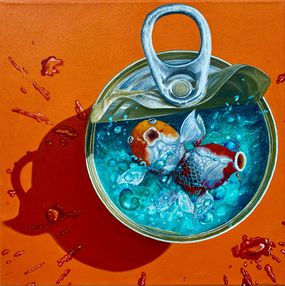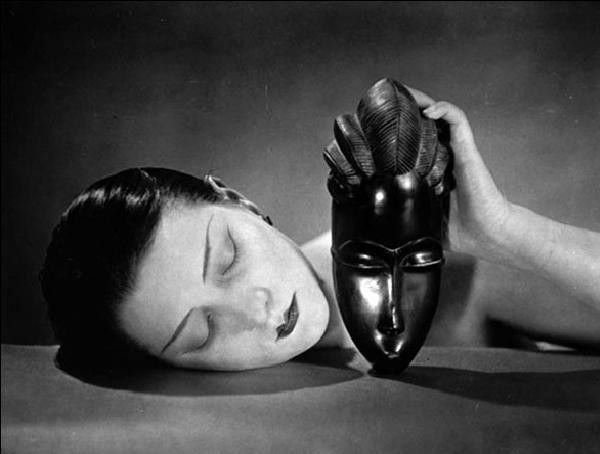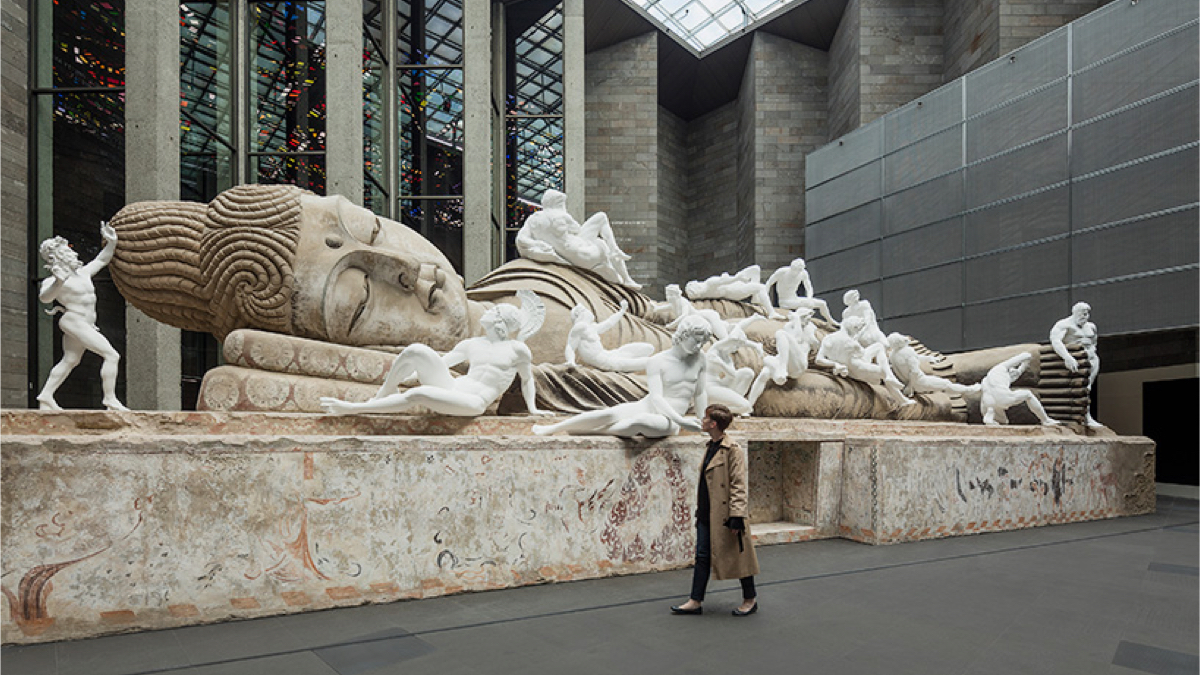
The Persistence of Memory: Understanding Dalí's Masterpiece

The Persistence of Memory (1931) is one of the most famous oil paintings by extravagant Salvador Dalí, a key figure of the Surrealist movement. We owe the great Catalan painter the notable quote: “I am Surrealism”. Embark on a trip with Artsper to Portlligat, to discover a painting full of symbols…
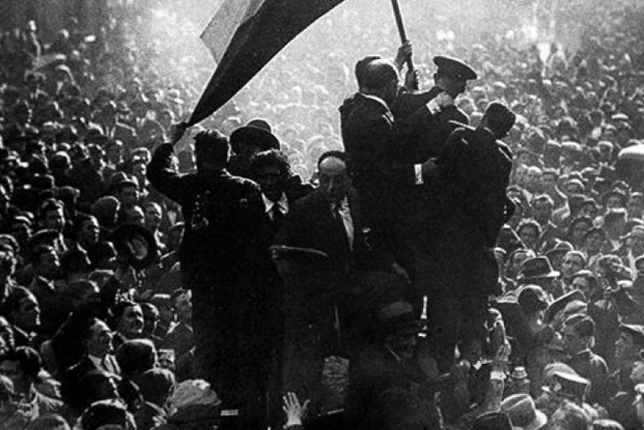
A masterpiece of its time
The creation of The Persistence of Memory dates back to 1931. During this year, Spain suffered from great political instability. Indeed, the country was experiencing the early beginnings of the Second Spanish Republic, which was soon disrupted by the Civil War in 1936. The events led to Franco’s accession to power in 1939. Spain experienced a period of great poverty, caught right in between two totalitarian regimes: a monarchy and a dictature. Prior to that, the Great War unveiled an unprecedented brutality, which is rejected by a new generation of artists. It is from this deep disgust that the spirit of Dadaism is born. The group rejects the conventional definitions of art and its traditions. This idea lives through Surrealism, which its founder André Breton defines as “a pure psychic automatism, in the absence of any control exercised by reason,” (Manifesto of Surrealism, 1924).
Obviously, Surrealism is deeply inspired by psychoanalysis. Themes such as the unconscious, dreams, time and death are explored in the multidisciplinary movement. Salvador Dalí joins the Surrealists in 1929 after meeting some members of the group, thanks to Miró. He’s introduced to the woman he’ll soon marry, Gala, via her then-husband, Paul Éluard. At the time when he paints The Persistence of Memory, Dalí is reconstructing himself, both personally and artistically. He’s fully exploring his Surrealist period.
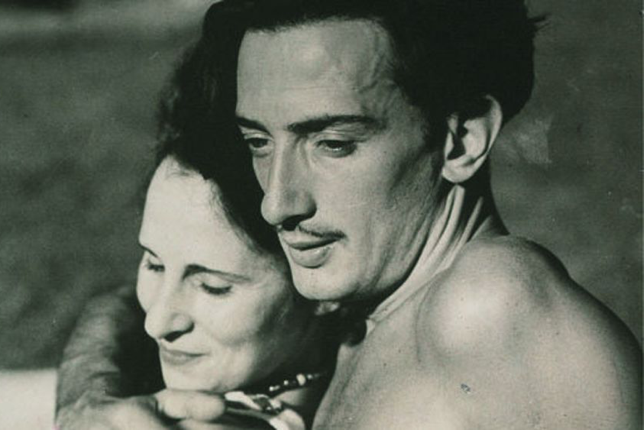
Dalí and his paranoiac-critical method
The twilight sky of The Persistence of Memory is that of a beach near Portlligat, in the north of Catalonia, where the artist grew up. The idea for the painting came to him while Gala and some friends were out at the cinema. Dalí ended up sitting alone in the middle of a strangely quiet kitchen… In the center of his plate, melting camembert caught his eye. The artist then let his mind wander and resorted to an artistic technique of his own creation: the paranoiac-critical method.
The latter is built in two perfectly opposite steps. First, Dalí fantasizes and allows his most delirious thoughts to manifest themselves. Once this is over, he’s ready to objectify them. This method led to the cheese transforming into soft melting pocket watches ! They are reminiscent of the artist’s fascination for temporality. Dalí paints his watches over the landscape that was done prior to that. It was waiting for them; The Persistence of the Memory is born.
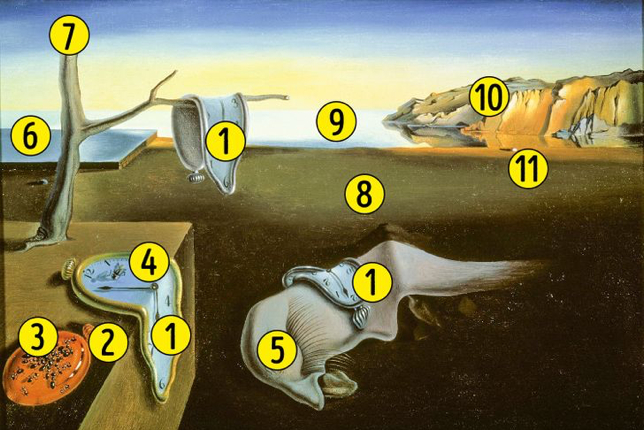
What’s the meaning behind Salvador Dalí’s The Persistence of Memory?
Salvador Dalí’s The Persistence of Memory plunges the viewer into a dreamlike and definitely strange universe where hard and soft surfaces coexist. The artwork opposes Surrealism to reality and questions the ineluctability of time. It cements the artist’s obsession for its symbolism. Are we at the mercy of time? One thing Dalí makes very clear, is that time passes but leaves behind memories; the memory persists. We must be break down the painting into different elements, as numbered above:
- Three soft watches symbolize time, which is relative, in movement. As in our dreams, past, present and future coexist and function in synergy. Each watch is placed on a different surface, and represent these three temporalities.
- The orange watch does not melt. It echoes the passing of time as it is turned over and covered by ants.
- The ants invade the solid watch and symbolize decomposition and death. The painter made this link as a child when he observed ants swarming over the remains of a bat.
- Time flies and passes… It is represented by this insect.
- A strange object —or, rather, character— is lying on the ground and could represent the painter or the inner world and its dreamlike nature.
- The mirror embodies inconstancy as it reflects reality as well as the imaginary.
- The olive tree, symbol of wisdom, is dry, dead. It’s a sign of the past.
- Dali symbolises his emotional emptiness by the empty shoreline.
- The bright sea symbolizes memory and reality. It contrasts with the dark foreground which is reminiscent of an imaginary and overwhelming world.
- The mountains are rooted in the ground as they are in the painter’s memory. They belong to the painter’s childhood.
- The egg is the symbol of birth and, therefore, renewal.
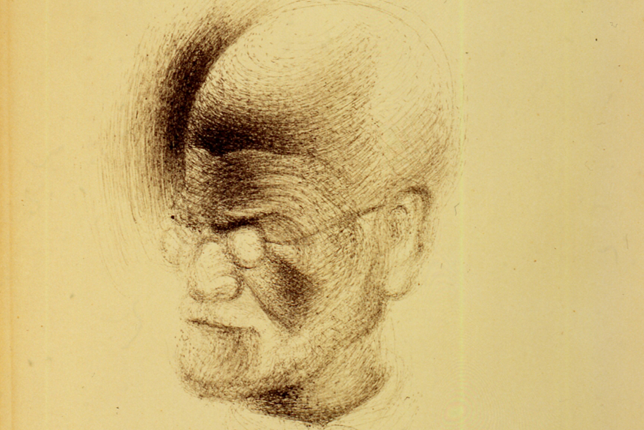
Salvador Dalí… a proper Surrealist?
Salvador Dalí’s The Persistence of Memory takes up the major themes of Surrealist painting: the imaginary, the dream, the inner self. At the time of its creation, Dalí’s iconography was deeply influenced by Freudian psychoanalysis. Indeed, the artist was fascinated by Freud’s work and their memorable meeting inevitably marked a turning point in his career. On July 19, 1938, in London, the two intriguing men finally met. Freud then spoke about Surrealist painting. According to him, the movement highlights what he seeks, namely the unconscious. The Surrealists gravitate around mystery and highlight its presence in their pieces. According to the founder of the psychoanalysis, what’s interesting is to dig deeper to question it.
This take on Surrealist painting shook the certainties of Salvador Dalí, the reactionary genius. Later on, in 1939, he was excommunicated from the group by its leader, André Breton.
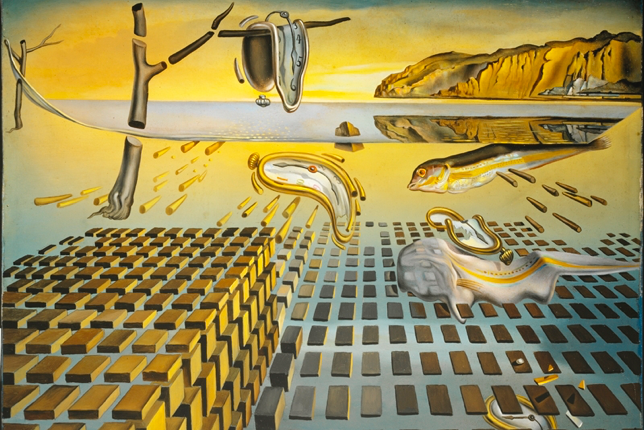
The aftermath of Salvador Dalí’s The Persistence of Memory
Between 1952 and 1954, Dalí reinterprets his classic painted twenty years earlier. The Disintegration of the Persistence of Memory is just as intriguing! Everything has changed since the 1930s and the artist knows it too well. In this piece, he explores the subject of technological progress. Portlligat is now flooded: “everything is suspended in space without anything touching anything”. The pocket watches break down into molecules… Dalí let go of his obsession for psychoanalysis and starts exploring nuclear physics and religion. Heisenberg, the said “new father” of the artist, inspires him partly the work. The tragedies of Hiroshima and Nagasaki also play a role in the creation of this version of the painting.
Now you know everything about the possible interpretations of this masterpiece of Surrealism. The Persistence of Memory, has managed to leave its mark in art history and continues to fascinate art enthusiasts… Gala even declared that “no one can forget it after seeing it”. If you like Surrealism, don’t hesitate to go through our selection of artworks inspired by Magritte!
At Artsper, we’re curious: how much time did you spend reading this article? Anyway, the artist’s moustache used to always read 10:10!
You might also like…

About Artsper
Founded in 2013, Artsper is an online marketplace for contemporary art. Partnering with 1,800 professional art galleries around the world, it makes discovering and acquiring art accessible to all.
Learn more












